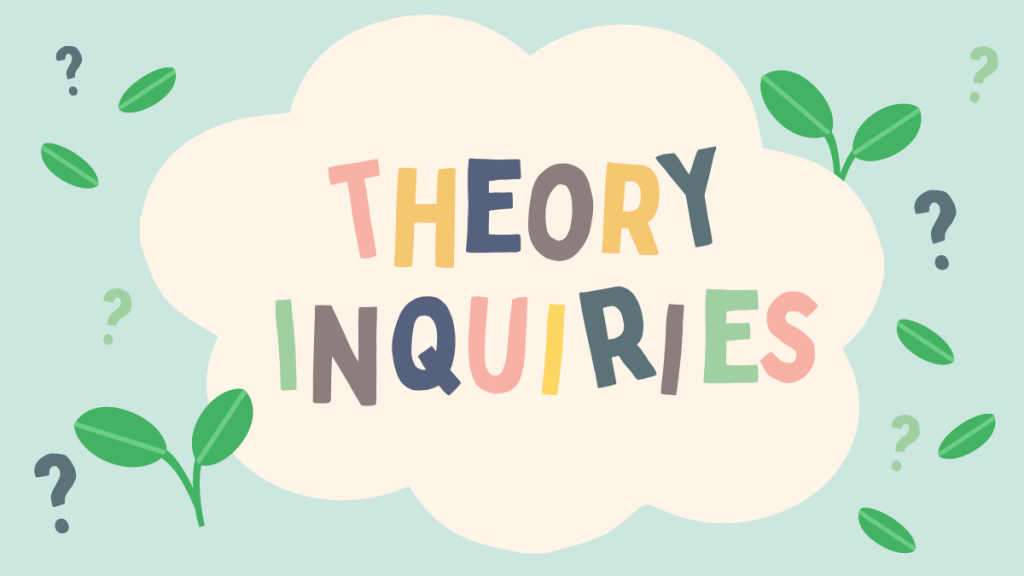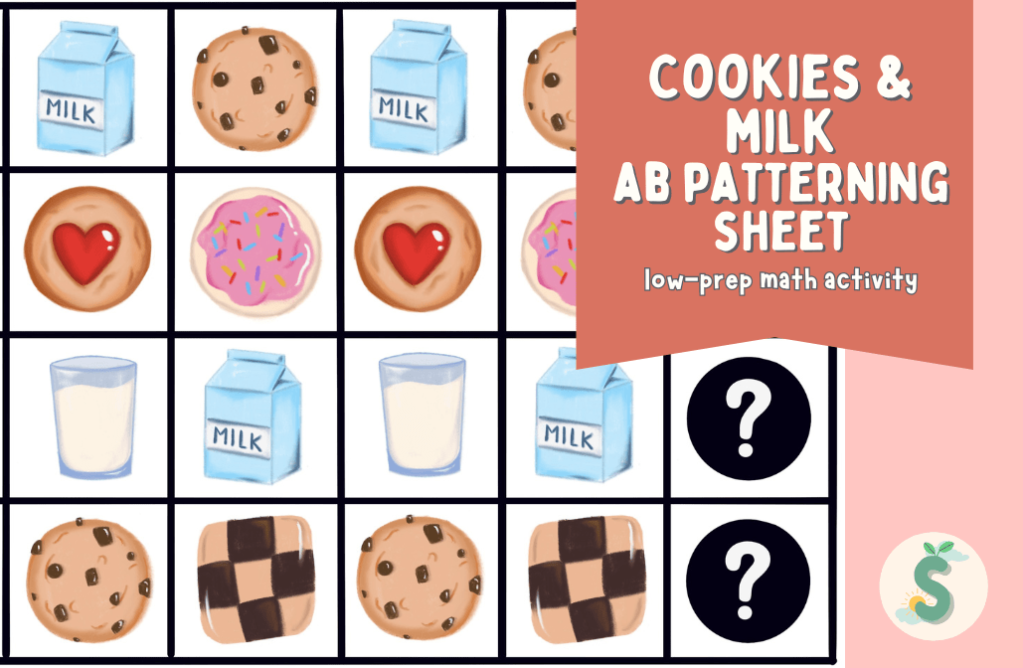Jean Piaget (1896-1980), a Swiss cognitive theorist, first created his crucial cognitive-developmental theory in 1930. At the time, Behaviorism was the most prominent and popular theory around, so many people overlooked his findings. His ideas did not gain much popularity until 1960.1 It’s hard to believe that his ideas were even controversial and outlandish back then, when they’re so significant today!
Fun fact: Piaget first began his academic career studying mollusks, not people!1
Cognitive theories discuss human thinking, and how that may change over time through attitudes, beliefs, and behaviors.2 In this post, we’ll discuss the key concepts and ideas, stages, themes, major contributions, and limitations of Piaget’s cognitive developmental theory.
Key Concepts
Piaget introduced to the world the idea of equilibrium or the “state of mental balance.”2 In contrast, disequilibrium occurs when there is an imbalance, resulting in confusion. Equilibrium and disequilibrium depend on our schemas, or cognitive structures. Schemas are often thought of as building blocks; these blocks and structures can build upon each other as we take in new information, allowing us to make mental representations of the world around us.3
The process of adaptation, or the process of taking in new information occurs in two different ways: assimilation and accommodation.
Assimilation occurs when we incorporate new information into an already existing schema. Imagine you are learning about dogs for the first time. You see a new breed of dog, so you refer back to your existing understanding (schema) of dogs in order to understand that new breed. You can then incorporate that new breed into that schema.
Accommodation occurs when we modify an existing schema when we learn new information.4 Take our previous example about learning about dogs. Imagine you see a cat for the first time, but you call it a ‘dog’ because it’s furry and has four legs, like dogs have. This is when accommodation comes in, because you modify your schema to accommodate a new schema, this time for a new schema of cats.

For more about equilibrium, adaptation, assimilation, and accommodation, check out this article!
Stages
The cognitive-developmental theory is a stage theory, which bases its ideas on stages. Children then pass through these stages in a sequence, from the lower stages to higher stages.1
Piaget presents four stages in which children go through:
- Sensorimotor: birth-2 years old
- Preoperational: 2-7 years old
- Concrete Operational: 7-11 years old
- Formal Operational: 11 years old and up
Sensorimotor: birth-2 years old
In this stage, infants use their senses and motor skills to actively learn about their environment. They learn mostly through reflexive responses and actions.1 Later on in this stage, infants begin to think through mental actions.2
Preoperational: 2-7 years old
Children in the preoperational stage begin symbolic thinking and use. However, they only perceive what they learn through their own, egocentric perspective. This stage brings about more imagination, and children are able to use language for self-expression and to interact with others.2
Concrete Operational: 7-11 years old
In the concrete operational stage, children begin to understand logical thinking and can think logically themselves. They begin to grasp the concepts of conversation, numbers, classification, and scientific ideas, among many other things!2
Formal Operational: 11 years old and up
Children in the formal operational stage can now think abstractly and grasp hypothetical concepts. Children are able to analyze, and reason theoretically. Thanks to these new abilities, children can find ethics, political, social, and moral issues more interesting.2

Themes
Nature or Nurture?
Both. Piaget’s ideas propose that as the brain develops (nature), children bolster their development with their innate desire to learn. This is supported through a stimulating environment (nurture).
Continuous or Discontinuous?
Discontinuous. Children develop in stages.
One Course, or Many?
One course. All stages are assumed to be universal, with no cultural or environmental variations.4
For more about themes in child development, check out this blog post!

Major Contributions
Piaget’s theory was significant because it was the first theory to realize that children think differently, reason differently, and process information differently than adults.
Secondly, it named children as active agents in their own learning and development.
Limitations
Though Piaget’s cognitive-developmental theory became a basis for future research, there are a couple limitations to his ideas. Firstly, Piaget underestimated young children’s capabilities and did not take into account children’s ability to improve when they are taught.4
Secondly, he did not take into account the social and cultural influences on the child’s development. These influences create a “wide variation in thinking among children and adolescents of the same age.”4
Summary
Piaget created one of the most significant cognitive-developmental theories, as he is one of the first to discover that children have a different thinking process than adults. He states that children’s cognitive development occurs in universal stages, making development discontinuous and having one course. Our information processing and understanding are dependent on adaptation and our schemas (our cognitive structures). We adjust our schemas in two different ways: assimilation and accommodation. We assimilate new information by referring to our old schemas and incorporating new information into them. We accommodate by creating new schemas or modifying old ones to fit in our new understandings of new information. Once we assimilate or accommodate new information, our minds reach an equilibrium, or mental balance.
Despite his major contributions to the Child Development field, Piaget’s cognitive-developmental theory has its limitations. For one, he underestimated children’s ability to learn and improve through teaching. Secondly, he did not take into account any cultural or environmental variations that may be present in a child’s development.
References
- Holden, G. W. (2021). Parenting: A dynamic perspective. SAGE Publications.
- Berger, K. S. (2018). The developing person through childhood and adolescence. Worth.
- Mcleod, S. (2020, December 07). Jean Piaget’s Theory and Stages of Cognitive Development. Retrieved from https://www.simplypsychology.org/piaget.html#:~:text=Piaget (1936) was one of,to reveal different cognitive abilities.
- Berk, L. E. (2018). Exploring Child Development. Pearson Education (US). https://bookshelf.vitalsource.com/books/9780134983813










Leave a comment